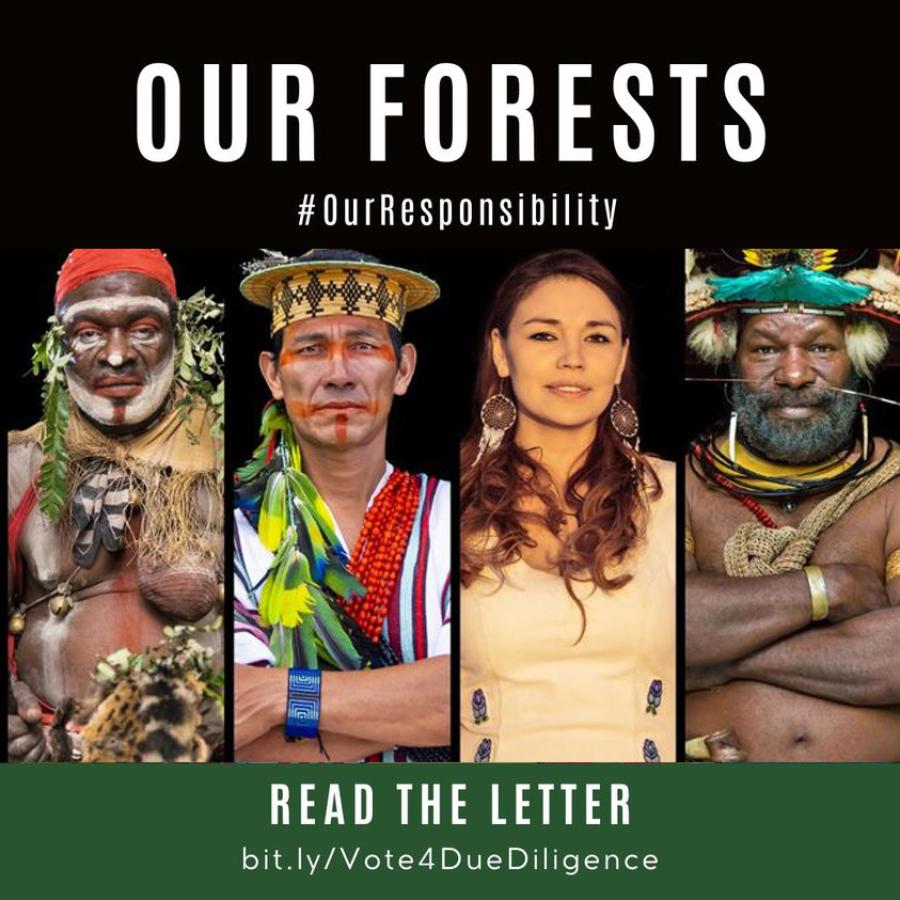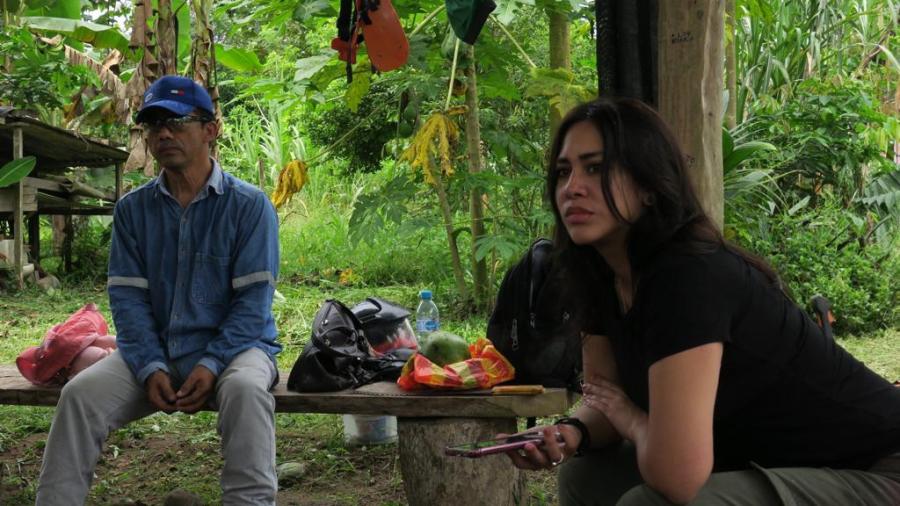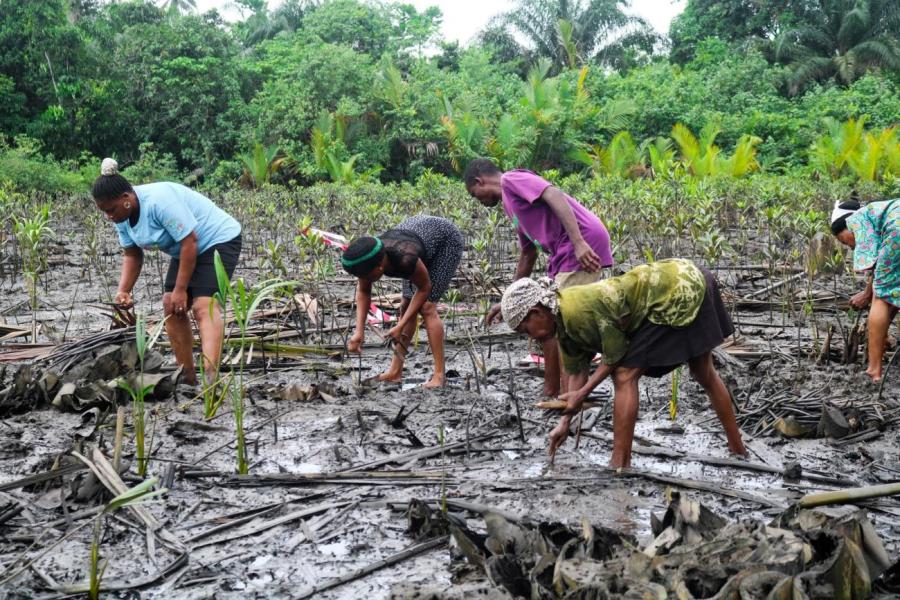We hear a lot about the "world system" these days, especially since the implosion of the former Soviet Union has enhanced the idea that we do all inhabit one world after all. North Korea, perhaps the only unregenerate communist state still left, is literally dying of starvation. The rest of us, whether we live in America or China, are trying to get used to a new world dominated by multinational corporations operating in a climate of privatization and free markets, aided and abetted by the twin revolutions in communication and information technology. It seems that in this new world a de facto world system is being created while the United Nations is still eons away from creating a de jure system. This brave new world system is agreeably abstract and economic, its operations supposedly tending to improve the lives of all of us in the long run. It is, however, in the short run that we all live and in that we have to deal with the political realities which shape our lives.
This issue of the CSQ is the second of two that mark the 25th anniversary of our organization by discussing the changes that have taken place in the movement of indigenous rights over the last quarter of a century. The articles that follow show how pressures and tensions that build up in the "world system" actually affect indigenous populations in remote or not so remote areas.
There are few places more remote than the Ituri Forest of the former Zaire. Wilkie and Morelli describe how that region was robbed and neglected by the regime of ex-president Mobutu, until the jungles closed in over the Lese and Ere peoples whom the Ituri Forest Peoples Fund and Cultural Survival are trying to help. Mobutu was no natural disaster. His kleptocratic regime was maintained for decades by the same western nations that otherwise pose as champions of democracy The Lese and Efe's troubles are far from over now that Mobutu is gone. Rebuilding the roads in their part of the Ituri may well bring an influx of outsiders who will buy up the lands of destitute tribespeople struggling to survive.
Despotism and misgovernment are not the only threats faced by the peoples battling for cultural survival. Misguided development programs also pose a constant threat. Fratkin and Wu show how the longstanding prejudice against pastoralists leads to attacks on their livelihood and their culture. Peoples who live off their herds in East Africa are routinely accused of degrading the soil through overgrazing, of impeding the development of game parks and tourism, and of preventing the use of the land for cash crops. In fact, research has repeatedly shown that it is not pastoralists who degrade the soil. On the contrary, they have learned over millennia how to take good care of the grazing land on which their lives depend. They have also shared the grasslands with wild animals for thousands of years and could continue (and collaborate with game parks) if they were allowed to. Ironically, some international environmental organizations still campaign against the pastoralists in order to protect wildlife. Pastoralists have therefore formed their own organizations to defend their interests against governments, development agencies, and sadly, against environmentalists.
The formation of indigenous peoples' own organizations to defend their interests is one of the most important developments in recent decades. Unfortunately, the efforts of such organizations, even the support they receive from each other and from pro-indigenous groups, cannot guarantee them success in their efforts, especially when they confront powerful and ruthless adversaries. This is amply demonstrated by the grimmest papers in this issue, those dealing with Nigeria, Burma, and Indonesia. Diana Wiwa describes in painful detail how the government of Nigeria and the Shell Oil company targeted the lands of the Ogoni people for development. That meant that Ogoni farmlands were expropriated without compensation, their environment was polluted and their communities attacked by the military if they protested. The distinguished Nigerian writer, Ken Saro-Wiwa, was arrested on trumped-up charges because he led the Ogoni protest and was hanged. The torture, killing, and expropriation visited on the Ogoni are horrifying in themselves. What makes them particularly disgraceful is that they were carried out with the connivance of the international community and in order to facilitate the operations of a major international oil company. It must be noted that Shell's regional offices are semi-autonomous and none of the others has imitated the policy put into practice in Ogoniland. Although it is a relief to know that this kind of policy is not part of Shell's operations everywhere, it is still scandalous that it happened at all.
The fact that it did is a harsh reminder of the effects of the world system on indigenous peoples. These are chillingly documented in this issue by Mirante's article on Burma and Jardine's on Indonesia. In each case, indigenous minorities -- the Karen, Shan, Kachin, Chin, Naga, Rohingya, and others in Burma, and the East Timorese in Indonesia -- are being repressed by their national governments. In each case, there are international political reasons which make nations reluctant to take even a rhetorical stand against them. In spite of the Nobel peace prizes awarded to Aung San Suu Kyi in Burma and to Carlos Belo and José Ramos-Horta in East Timor, foreign patronage of the Burmese dictatorship continues and foreign support of General Suharto's regime in Indonesia never wavers. This combination of local repression and international acquiescence is what produces the worst case scenarios in the world today, where governments engage in genocidal attacks against peoples under their jurisdiction. In such circumstances, local indigenous organizations find themselves in a position where they are not negotiating for the cultural survival of their people, but are freedom fighters coordinating resistance against the state. Here, the role of women's organizations is striking. They have become legendary all over the world for their refusal to be intimidated and their insistence on accountability and an end to repression. Diana Wiwa's description of the Federation of Ogoni Women's Association shows that the Ogoni women are following in the same heroic tradition, which is why it is depressing to reflect on the modest and ineffective help they have received from a world which prefers to do business as usual with their oppressors.
Indigenous organizations and their international network of supporters cannot defend the rights of minorities by themselves. They need a change of heart at the national and even international level and an acceptance of the idea that multi-ethnic states can work. As we showed in the last issue of the CSQ, this is an idea which is catching on in the Americas, but it is also gaining acceptance elsewhere. Gladney's article on China and Fondahl and Poelzer's discussion of Russia's current policies toward indigenous peoples show that regimes which were until recently centralized and authoritarian in the extreme are now experimenting with multi-ethnicity.
It might seem strange to speak of Russian multi-ethnicity as experimental, since the former Soviet Union was officially a confederation of ethnically defined and semi-autonomous republics. In reality, Stalin and the Stalinists exercised despotic control over these republics, manipulating their lands and their ethnicity while claiming all the while to be guaranteeing their autonomy Gorbachev's attempt to reform the Soviet system at last permitted the political expression of ethnicity within the Soviet Union. The ethnic conflicts that then broke out in the confederation did not result, as is often supposed, from the inherently conflictive nature of ethnicity, but rather from Stalin's disastrous policy of emphasizing ethnicity while preventing its political expression and ruthlessly scrambling the ethnic map. Meanwhile, the interests of the indigenous peoples of Siberia were sacrificed to Soviet-style development. The present situation, described by Fondahl and Poelzer, is one where the rights of the northern peoples are recognized and they are organizing to defend themselves, but where the constitutional issues are overshadowed by the social, economic, and health problems that afflict these remote populations.
China, as Gladney points out, has also come around to granting official recognition to the ethnicity of its peoples. The enormous Han majority are now considered one ethnic group among the 56 official nationalities that constitute the nation. The self-determination promised to the other 55 national minorities when the communists first took over has been tempered over time by traditional Han chauvinism and by the cultural revolution, both of which insisted that minorities should be assimilated. Lately, however, minorities have been receiving real benefits in China, resulting in an explosion of ethnicity It is ethnicity without too much autonomy, however, since the officials are nervous at the prospect of so much devolution unraveling the Chinese state. Only suitably controlled ethnicity is tolerated, while the Tibetan aspirations, for example, are ruthlessly oppressed.
The articles in this issue show how the world system serves to increase the pressures on indigenous and minority peoples, but they also show that an active network of indigenous and pro-indigenous organizations has emerged to do battle for human rights and cultural survival. Meanwhile, more and more countries are declaring themselves multi-ethnic states. Clearly the idea that such states are desirable and viable is gaining ground. What is still needed is constant pressure at the international level, to make sure that the conscience of the world will no longer tolerate the abuses that still continue.
Article copyright Cultural Survival, Inc.



